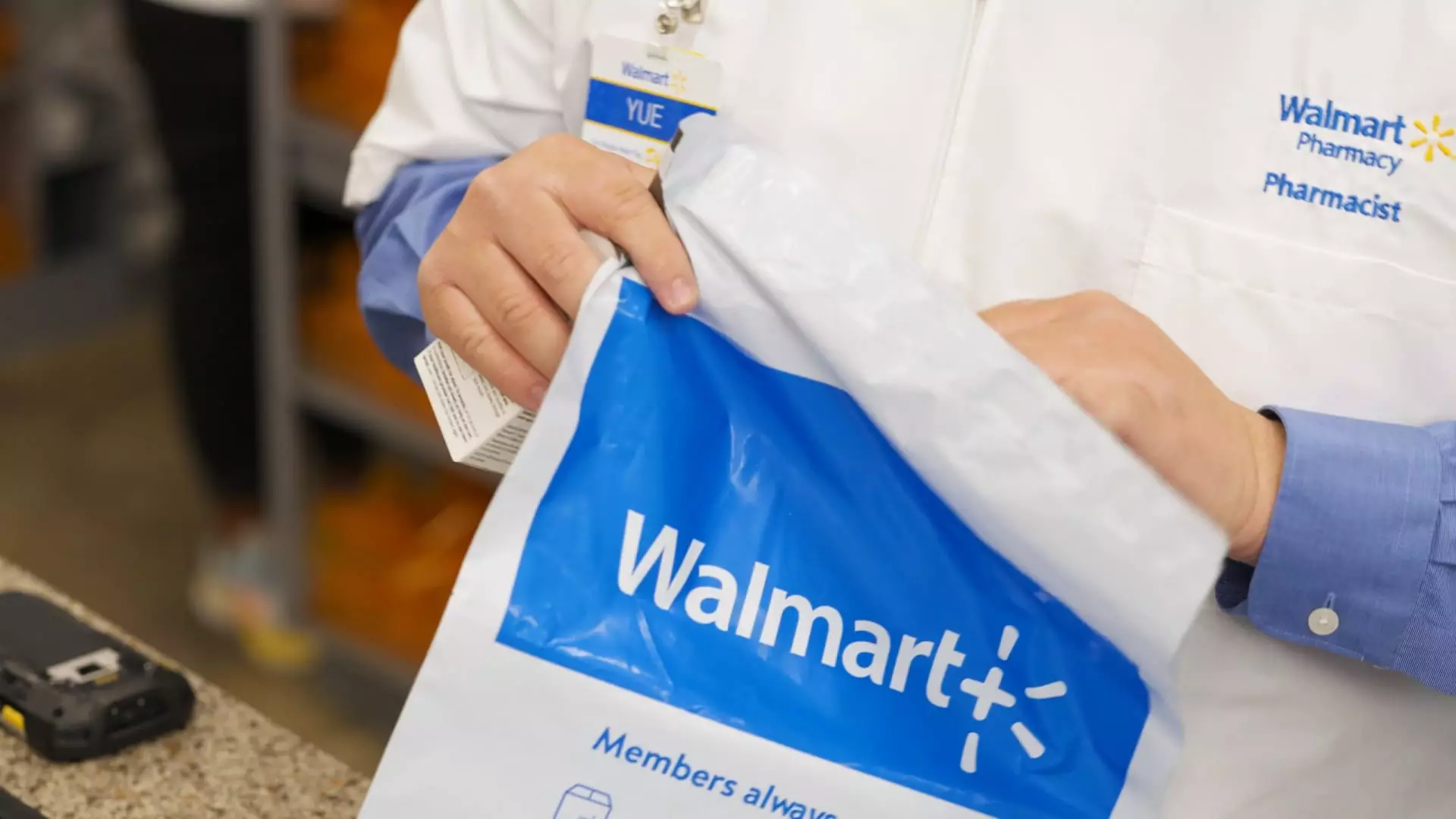As the American retail landscape shifts, companies are adapting to stay competitive in a market increasingly defined by convenience and innovation. The recent shift in strategy by Walmart, as it rolls out a prescription delivery service, signifies more than just a new offering; it marks a critical challenge to traditional pharmacies such as CVS and Walgreens, which are already grappling with their own set of difficulties. This article delves into the implications of Walmart’s strategy for the pharmacy industry, consumer behavior, and the competitiveness of the retail market.
Walmart’s Prescription Delivery Initiative
Walmart’s initiative to provide delivery services for prescriptions is an ambitious undertaking that directly targets consumer preferences for convenience. The service is initially launching in six states—Arkansas, Missouri, New York, Nevada, South Carolina, and Wisconsin—with plans to expand to 49 states by the end of January, excluding North Dakota due to local regulations. This widespread implementation is intended to leverage Walmart’s extensive logistics network, potentially allowing the retail giant to dominate the delivery market for pharmaceuticals.
As Tom Ward, Walmart’s chief e-commerce officer, indicated, the decision to offer prescription deliveries stems from clear customer demand. This response to consumer preferences not only highlights Walmart’s agility in meeting market needs but also showcases its attempt to provide a multifaceted shopping experience. Customers can now receive a multitude of items—from medications to grocery essentials—delivered simultaneously, thus enhancing the value proposition of the service.
Walmart’s entry into the prescription delivery sector could represent a significant blow to established drugstore chains. With both CVS and Walgreens already struggling with declining stock prices—CVS experiencing a 26% drop and Walgreens nearly 60%—Walmart’s newly launched service comes at a crucial time. The traditional pharmacy model is facing mounting pressure from various fronts, including falling reimbursement rates and increased competition from e-commerce giants like Amazon.
With the number of consumers seeking same-day or next-day prescription delivery rising, it begs the question: how effectively can CVS and Walgreens retain their market share? These chains have historically dominated the pharmaceutical market, with CVS commanding over 25% in prescription drug revenue in the U.S. as of 2023. However, the rapid evolution towards integrated service models may compel them to rethink their operational frameworks to remain competitive in a landscape increasingly shaped by consumer convenience.
The unfolding circumstances for traditional pharmacies have prompted decisive actions, including executive reshuffles, as seen with CVS’s recent leadership changes, including the replacement of CEO Karen Lynch. CVS’s plans to cut $2 billion in expenses, along with its decision to close numerous stores, underscore its struggle in adapting to market challenges. Similarly, Walgreens’s initiative to shut down approximately 1,200 locations signals that these companies are increasingly recognizing the necessity for operational efficiency in a competitive retail environment.
In stark contrast, Walmart’s ongoing success—with a 54% increase in stock value over the year—illustrates the effectiveness of its diversified approach to revenue generation, which now increasingly includes health and wellness services. As Walmart emphasizes a low-cost healthcare model, opening clinics for medical services, pharmacies like CVS and Walgreens will likely need to adopt innovative strategies to prevent losing more ground in the marketplace.
Consumer preferences are at the heart of Walmart’s new strategy, as evidenced by the growing demand for home delivery services, particularly in the healthcare domain. According to the insights shared by Walmart executives, the integration of pharmacy services with grocery and household items in delivery orders reflects a significant shift in consumer behavior towards increased personalization and convenience. Shoppers are not merely looking for low prices but also for services that align with their lifestyles.
Moreover, as healthcare becomes an integral part of the shopping experience, Walmart’s ability to provide real-time tracking, tamper-evident packaging, and mandatory consultations further enhances consumer trust in its pharmacy offerings. This elegant confluence of technology and service can very well redefine customer expectations for pharmacies moving forward.
As CVS and Walgreens recalibrate their strategies in response to Walmart’s incursion into pharmaceutical delivery, the outcome will likely set the tone for the future of retail pharmacy. The landscape is rapidly evolving, driven by technological innovation, shifting consumer preferences, and intensifying competition. Walmart’s bold new service is not merely a response to demand; it represents a strategic pivot that could have lasting effects on the way prescription services are delivered and consumed, marking a turning point in the titanic struggle between retail giants and traditional pharmacies as they contend for relevance in a fraught marketplace.

